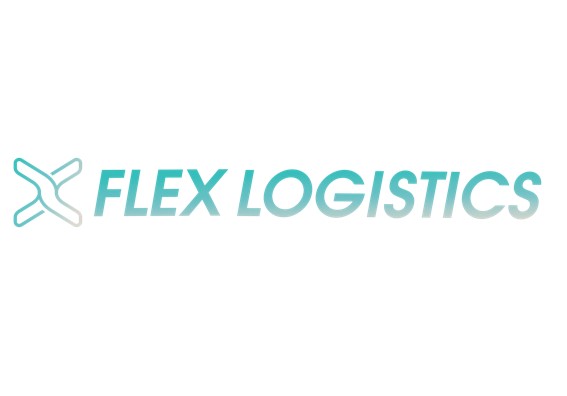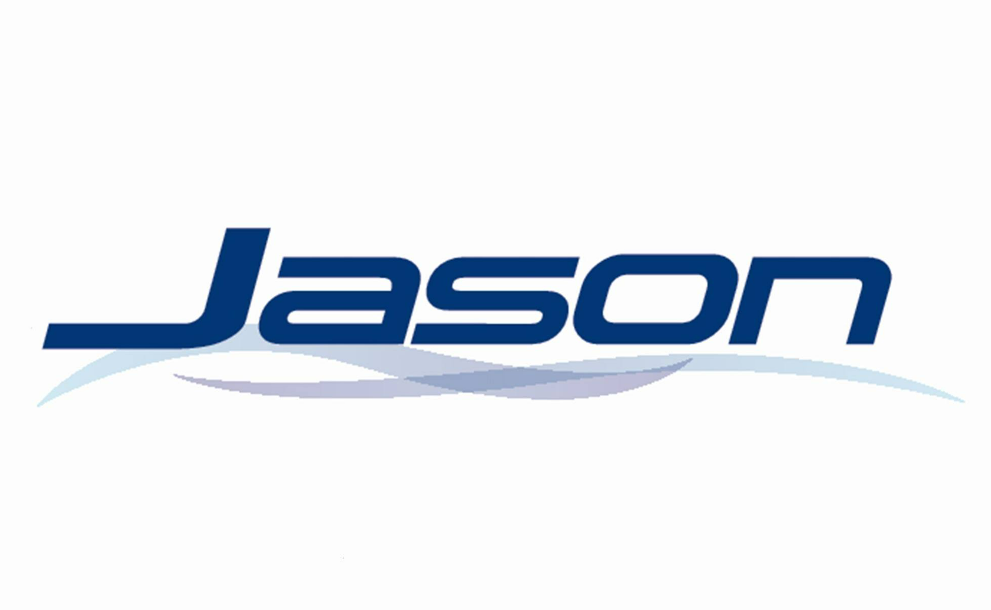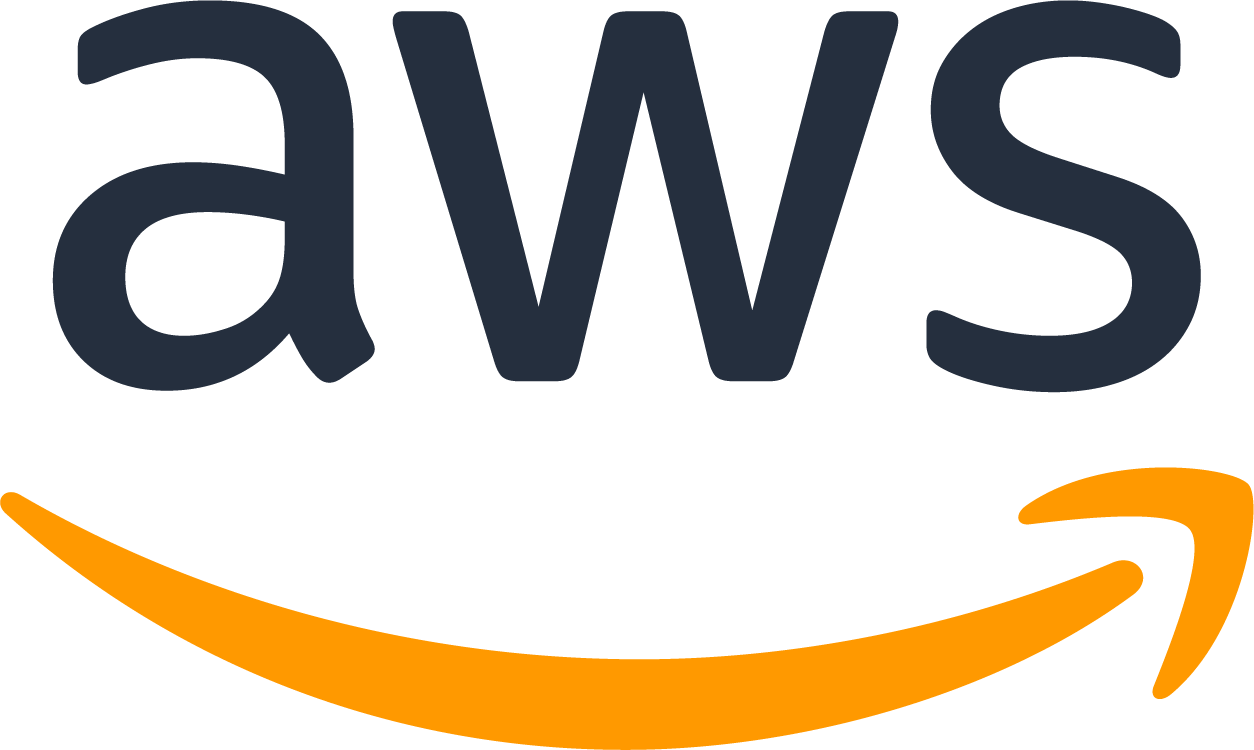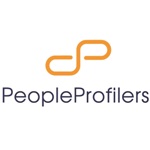AWS Infrastructure is looking for a talented, driven, and highly analytical, Supply Chain Manager with demonstrated experience driving process improvement.
This role manages (contract manufacturing) vendor(s) critical to the successful fulfillment of hardware to AWS data centers globally. The role is primarily responsible for Site Performance (output, quality, efficiency, costs), CM Partner Relationship Management. The primary performance metrics associated with this- role are target daily / weekly output, SLA adherence as an input to AIS Capacity Delivery Reliability (CDR), First Pass Yield and on-time NPI readiness for all rack types enabled within the region. Secondary metrics include staffed site capacity utilization, Clear-To-Build, server bone-pile, and Racks-in-Transit (RIT).
Key job responsibilities
1. Day-to-day management responsibility for high velocity assembly operations
2. Act as point of escalation for all vendor related issues
3. Manage vendor operational excellence through data driven metrics and continuous improvement activities
4. Drive cross-functional strategic initiatives to improve supply chain efficiency and overall cost structure
5. Drive complex business analysis to identify business opportunities to improve internal and external processes
6. Work cross-functionally to identify and apply best practices and continuous process improvements
7. Influence internal technical teams to drive multisystem process & system changes
8. Provide scalable solutions for continued scale product and service offerings
9. Set project requirements and drive results across internal and external
10. Drive continuous improvement initiatives to lower risks and reduce lead times.
11. Influence partner processes, technologies, and policies to achieve mutual benefits for both organizations in a sustainable manner.
12. Analyze production schedules and demand forecasts, ensuring our customer requirements are met, whilst maximizing site utilization
13. Drive complex business analysis to identify business opportunities to improve internal and external processes
A day in the life
1. Review Production Metrics and Escalations: Begin the day by reviewing key performance indicators (KPIs) from the previous day’s high-velocity assembly operations. Identify any immediate escalations from vendors or internal teams and address them quickly to prevent production delays.
2. Cross-Functional Meeting on Supply Chain Efficiency: Attend a cross-functional meeting with stakeholders from procurement, logistics, and manufacturing to discuss ongoing supply chain initiatives. Review progress on strategic initiatives, focusing on reducing lead times and lowering overall costs.
3. Vendor Operational Excellence Review: Analyze vendor performance metrics, including delivery times, quality control, and adherence to contracts. Identify trends or issues, and use data-driven analysis to recommend performance improvements. Lead a discussion with key vendors to drive continuous improvement initiatives.
4. Business Process Analysis and Improvement: Dive deep into business analytics to identify potential areas for improving internal and external processes. Present findings to relevant teams and propose scalable, data-backed solutions to enhance production efficiency and customer satisfaction.
5. Team Sync on Technical Systems Changes: Collaborate with internal technical teams to discuss necessary system changes that can drive improved efficiencies in cross-functional processes. Provide clear requirements and set project timelines to ensure system updates align with production goals.
6. Meet with a key vendor partner to discuss mutual benefits of ongoing initiatives. Discuss potential process improvements, technology upgrades, and long-term partnership strategies that will drive value for both organizations.
7. Project Management and Results Review: Check on the status of ongoing projects with internal and external teams. Ensure deliverables are on track by reviewing timelines, setting expectations, and mitigating any risks or roadblocks. Push for results in line with operational goals.
8. SOP Review and Compliance Check: Review Standard Operating Procedures (SOPs) for material management processes. Ensure these are up-to-date and in compliance with both company policies and regulatory standards. Identify any gaps and set action plans to address them.
9. Production Schedule Review and Forecast Analysis: Review production schedules and demand forecasts for the upcoming weeks. Ensure that customer requirements are being met while maximizing site utilization. Make adjustments as needed to balance efficiency and flexibility in the supply chain.
10. End-of-Day Review and Continuous Improvement Planning: Reflect on the day’s activities and prepare a summary of key outcomes for the management team. Set goals for the following day, focusing on continuous improvement initiatives, particularly around lowering risks and reducing lead times.
























